以后 VS 后来 VS 然后
以后Yǐhòu
There are two ways of using 以后yǐhòu,let’s look at the first one.
以后yǐhòu as "After a time or an event"
Note that the phrase can be specific (like a date or a time period) or broad (like an event, action, or occurrence).
Phrase + 以后yǐhòu + Action
After the phrase happens, the action happens
wǒ yīge xiǎoshí yǐhòu yǒu yīgè fēicháng zhòngyào de miànshì.
我 一 个 小时 以后 有一个非常重要的面试。
I will have a very important interview in an hour.
zǎoshàng tā qù gōngsī yǐhòu,wǒ yìzhí zàijiā xué zhōngxué.
早上她去了公司以后,我一直在家学中文。
After she went to the company this morning, I have been studying Chinese at home.
以后yǐhòu as "In the Future"
In this case, 以后yǐhòu is a time noun, which can be used to talk about things that happen at some unspecified point in the future while 然后ránhòu and 后来hòulái can't be used this way.
以后yǐhòu,Subject+ Verb+ Object
Yǐhòu, tāmen de shēnghuó huì biàn dé yuè lái yuè hǎo.
以后,他们的生活会变得越来越好。
In the future, their life will become better and better.
Wǒ yǐhòu yào duō huā xiē shíjiān xuéxí zhōngwén.
我以后要多花些时间学习中文。
I will spend more time learning Chinese in the future.
Now, let’s look at 后来hòulái,there’s only one usage for 后来hòulái。
后来hòulái as "Afterwards"
后来hòulái is used for sequencing past events. Emphasize the time after a certain time in the past.
Also note that 后来hòulái is a time noun, and it can only be used on its own.
Subject + #1 Event, 后来hòulái+ #2 Event
Tā 5 fēnzhōng qián zài bàngōngshì, hòulái qù jiàn kèhùle.
他5分钟前在办公室,后来去见客户了。
He was in the office 5 minutes ago, and afterwards he went out to meet a client.
Tā zài wǒmen gōngsī gōngzuòguò liǎng nián, hòulái cízhíle.
他在我们公司工作过两年,后来辞职了。
He worked for our company for two years. And afterwards he quitted.
然后ránhòu as "and then"
然后ránhòu is a conjunction, which is always used in a sequence. It is often used with 先xiān. 以后yǐhòu or 后来hòulái can't be used this way.
(Sub.) 先xiān #1 Event. 然后ránhòu (Sub.) #2 Event. (Etc)...
Qǐng xiān bǎ zhège wénjiàn dǎyìn hǎo, ránhòu zài bǎ zhège bàogào xiě hǎo.
请先把这个文件打印好,然后再把这个报告写好。
Please get this document printed first, and then get this report written.
To Sum Up:
以后yǐhòu:It has two meaning. One is event 以后. The other one is to express “in the future” and is used independently.
后来hòulái:To describe the order of two things in the past and it’s used independently.
然后ránhòu:Most of the time, you use 然后ránhòu to express two things in sequence (present or future)


